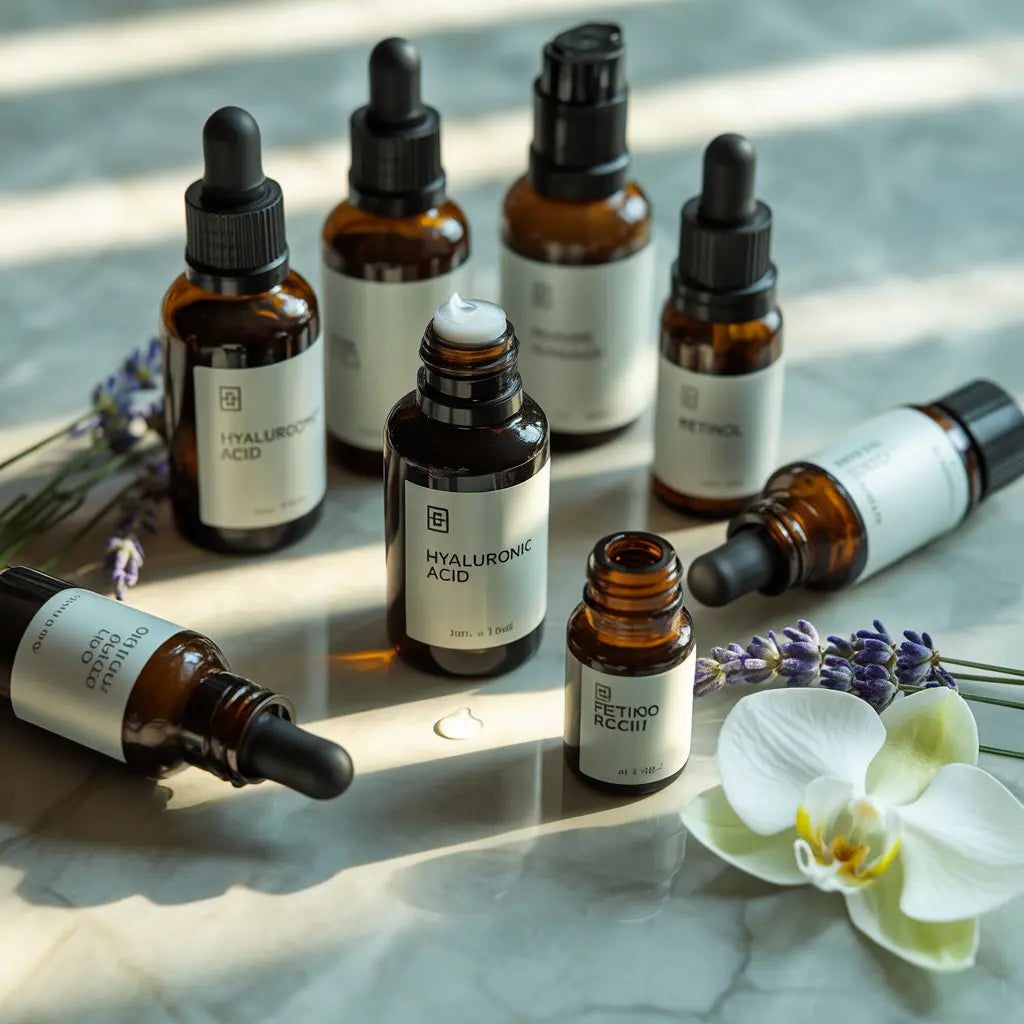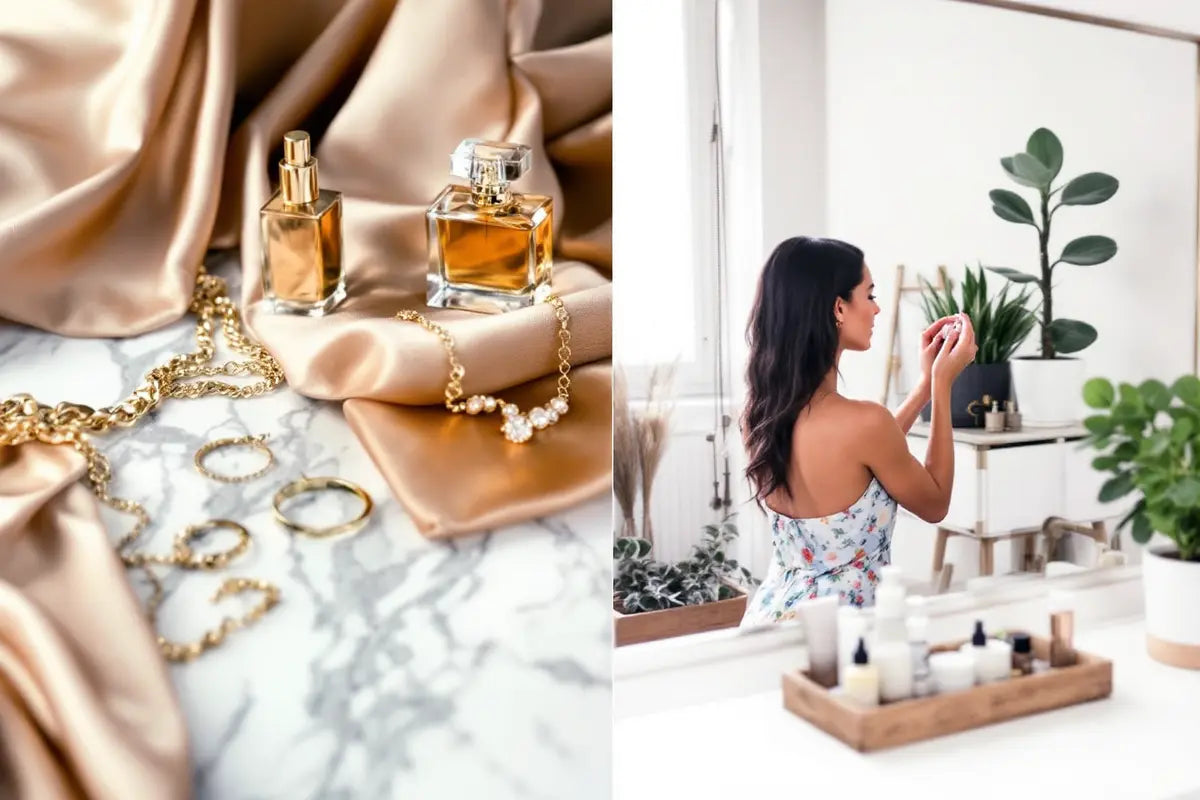Skin Cycling Is Just Old Advice With New Branding

You've probably seen it by now. Another skincare trend exploding across your social media feeds, promising revolutionary results with a catchy name and dramatic before-and-after photos.
This time it's "skin cycling." The technique has racked up 3.5 billion views on TikTok, with influencers acting like they've discovered some groundbreaking secret to perfect skin.
But here's what they won't tell you: your dermatologist has been recommending this exact approach for decades.
The Rebranding Machine in Action
Skin cycling sounds revolutionary until you realize it's just alternating active ingredients to prevent irritation. Dermatologists have been telling patients to rotate harsh actives like retinoids and acids for years.
The only thing new is the name and the marketing.
We've watched this pattern before with "slugging." In 2019, dermatologists routinely recommended petroleum jelly as an occlusive moisturizer for dry skin and eczema. Standard medical advice, nothing fancy.
Then 2021 happened.
Suddenly TikTok exploded with videos of people slathering Vaseline on their faces, calling it "slugging" because it makes you look shiny like a slug. The trend originated on Reddit back in 2014, but TikTok transformed it into a viral sensation with 1.4 billion views.
Same exact product. Same application method. But now it had a gross-cute name and dramatic testimonials about achieving "glass skin."
Friends started asking about this "new Korean skincare trend" when it was literally just basic occlusive therapy from dermatology textbooks.
The Problem With Viral Skincare
Here's what should concern you: only 2.5% of the most viewed skincare content on TikTok comes from board-certified dermatologists.
The other 97.5% comes from influencers, beauty enthusiasts, and content creators with zero medical training.
Around 40% of people now use social media for dermatologic information. The result? Dermatologists are seeing more cases of irritation, burning, and peeling skin as people follow elaborate routines from unqualified sources.
Your skin becomes the testing ground for marketing experiments disguised as medical advice.
Why Skin Cycling Actually Works
The frustrating part? The underlying principle behind skin cycling is solid.
Dr. Whitney Bowe, the dermatologist who coined the term, identified a real problem: people were taking a kitchen sink approach to skincare, mixing ingredients that don't play well together.
The solution was simple: look at your routine weekly, not daily. Build in recovery nights for your skin barrier.
This isn't revolutionary science. It's basic dermatology repackaged with a memorable name and systematic approach.
The effectiveness comes from what dermatologists have been preaching forever: less is often more, and your skin needs time to recover between active treatments.
The Clinical Evidence Gap
Here's where things get interesting. Skin cycling has generated billions of views and countless testimonials, but it hasn't been researched in clinical studies.
The "evidence" consists entirely of anecdotal reports and social media success stories.
Dr. Bowe points to working with thousands of patients and the viral social media response as proof of efficacy. But anecdotal evidence, even from a qualified dermatologist, isn't the same as controlled clinical research.
You're essentially participating in a massive, uncontrolled experiment every time you follow a viral skincare trend.
How to Navigate the Hype Cycle
The next time a skincare trend explodes across your feeds, ask yourself these questions:
Is this actually new, or just rebranded basics? Most "revolutionary" techniques are variations on established dermatological principles with catchier names.
Who's promoting it? If it's primarily influencers and content creators rather than medical professionals, approach with skepticism.
What's the underlying principle? Strip away the trendy terminology and dramatic testimonials. What's the actual mechanism supposed to be?
Does it contradict established dermatology? If the trend goes against decades of medical research, it's probably more marketing than medicine.
The Conversation Dilemma
When friends get excited about these trends, you face a delicate balance. You don't want to be the buzzkill who crushes their enthusiasm, but you also can't just nod along when they're spending serious money on repackaged basics.
Try redirecting their excitement toward the actual benefits rather than the trendy packaging. Say something like "That sounds similar to what my dermatologist mentioned" instead of "That's been around forever and you're being manipulated."
Focus on what actually works while gently deflating the hype bubble.
Share your own experience with the same principle but without the branded name. This usually helps people realize they don't need to buy into the whole system to get results.
The Real Cost of Trend Chasing
The skincare trend cycle creates real problems beyond wasted money.
People abandon proven routines that work for them to chase the latest viral sensation. They layer on products and techniques without understanding how they interact.
Celebrity aesthetician Veronica Barton-Schwartz warns that elaborate social media routines often have the opposite effect of what's intended. Too many steps and products become overwhelming, expensive, and irritating for your skin.
Most content creators aren't professionals, but they're very convincing.
What Actually Matters
Here's the truth about good skincare: it's boring.
Consistent use of proven ingredients like retinoids, sunscreen, and gentle cleansers. Patience with results that take months, not days. Working with qualified professionals who understand your specific skin type and concerns.
None of this makes for viral content because it's not dramatic or immediately gratifying.
But it works better than chasing every trend that promises to revolutionize your routine.
The next time you see a skincare trend exploding across social media, remember: if it sounds too revolutionary to be true, it probably is. Your dermatologist likely recommended the same principle years ago, just without the catchy name and marketing budget.
Save your money. Skip the hype. Stick with what actually works.


